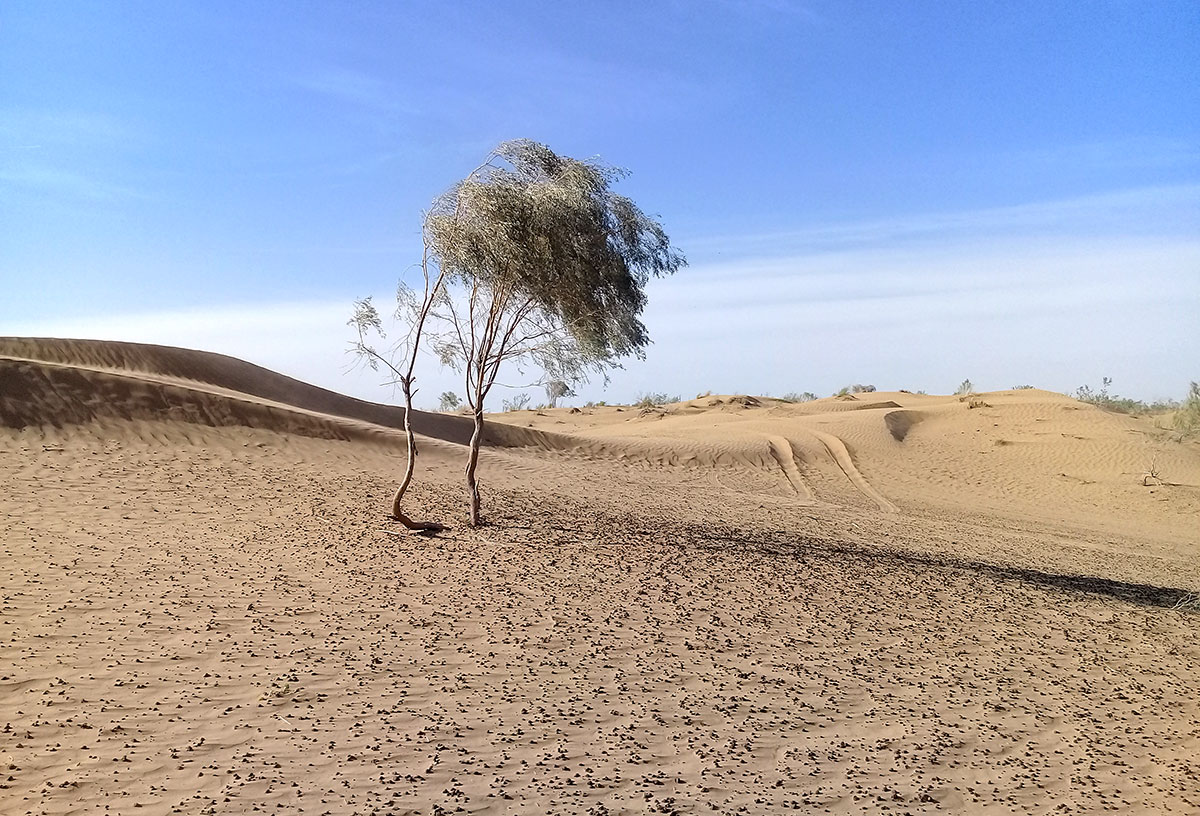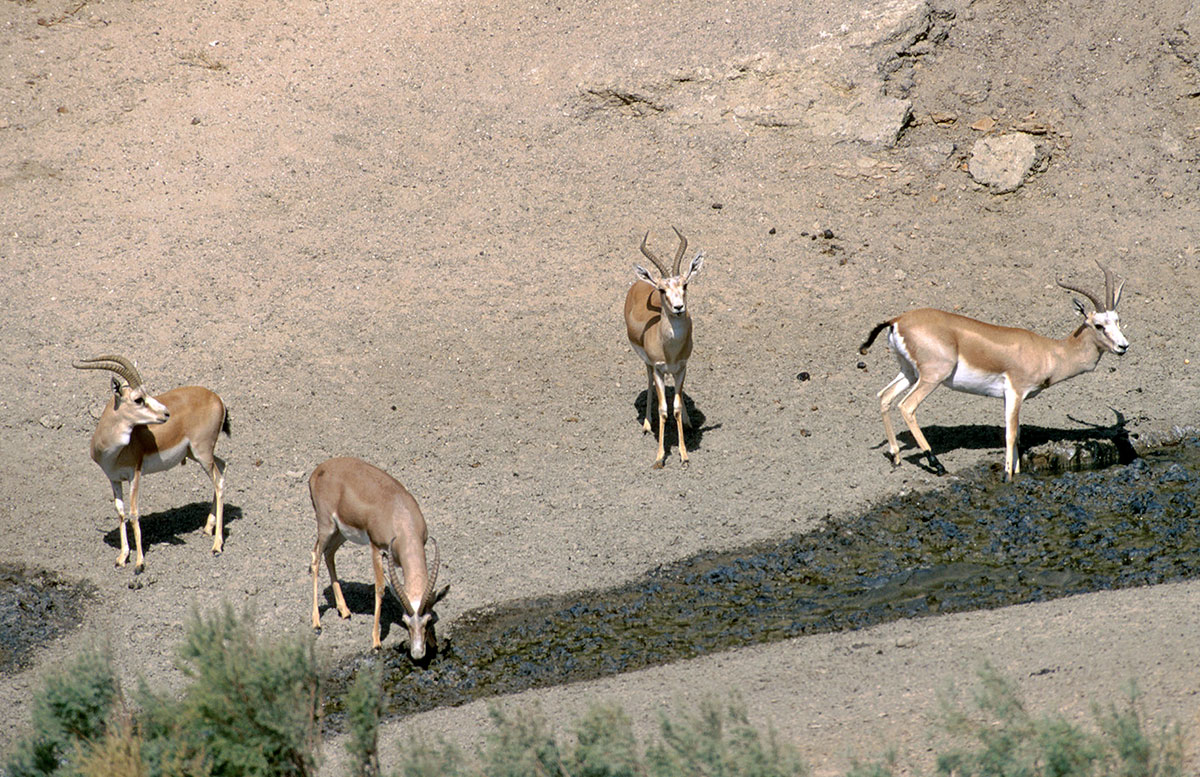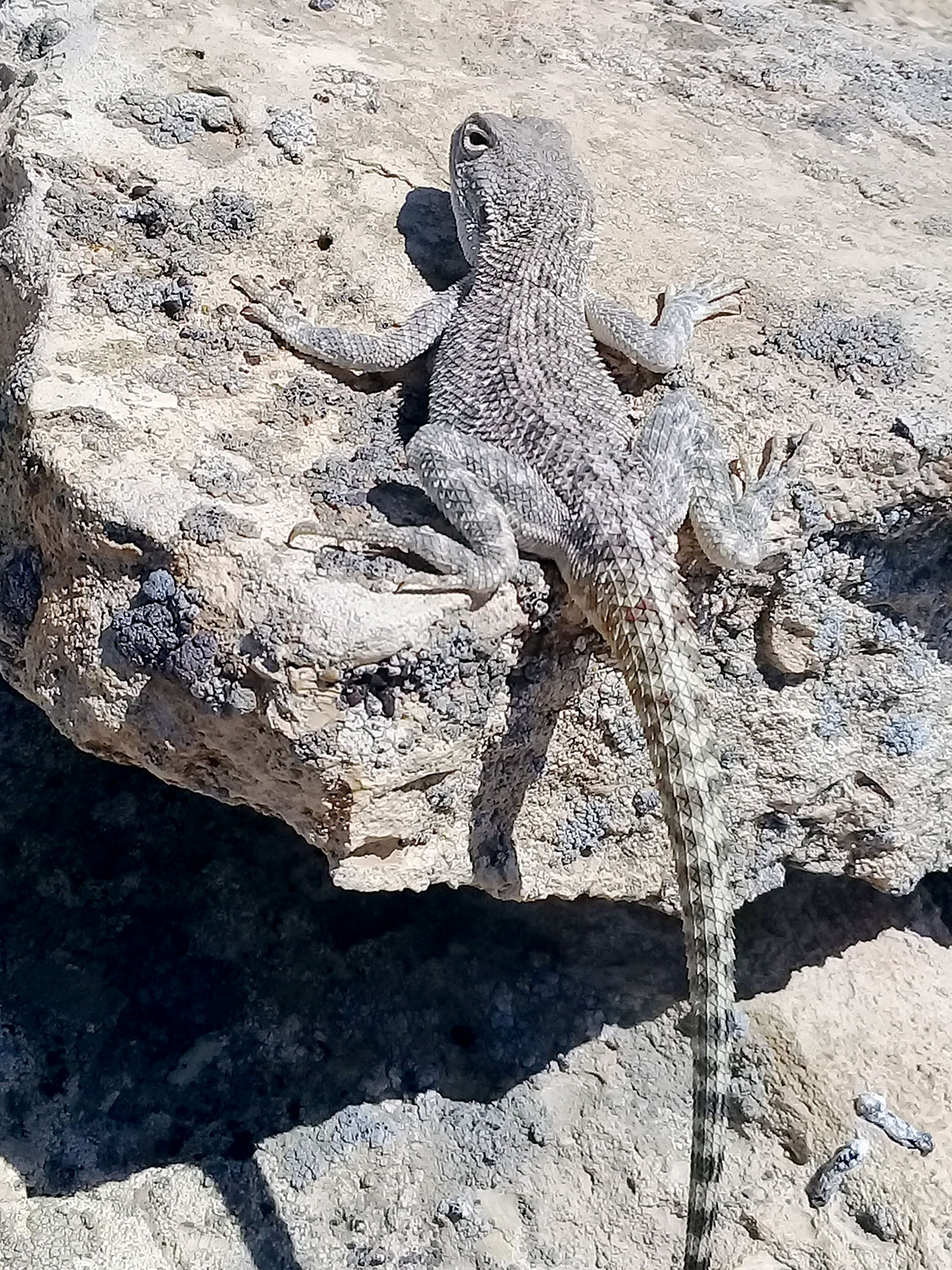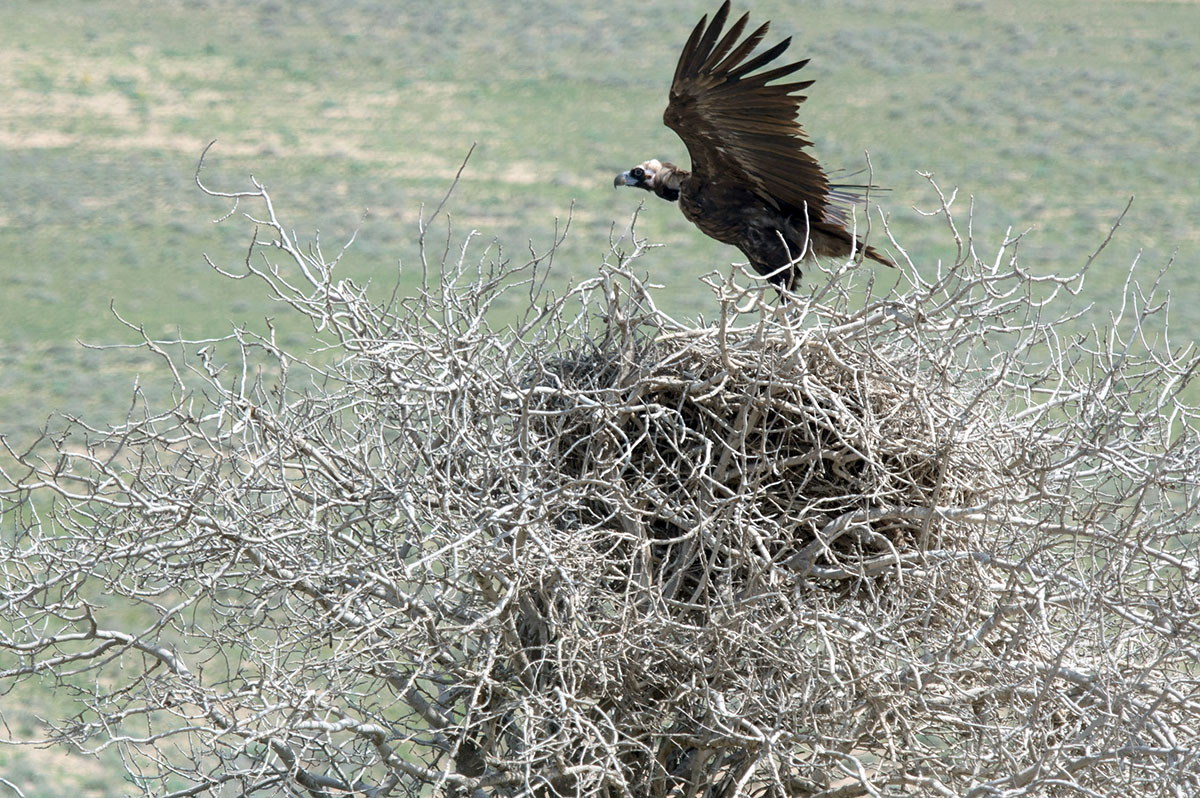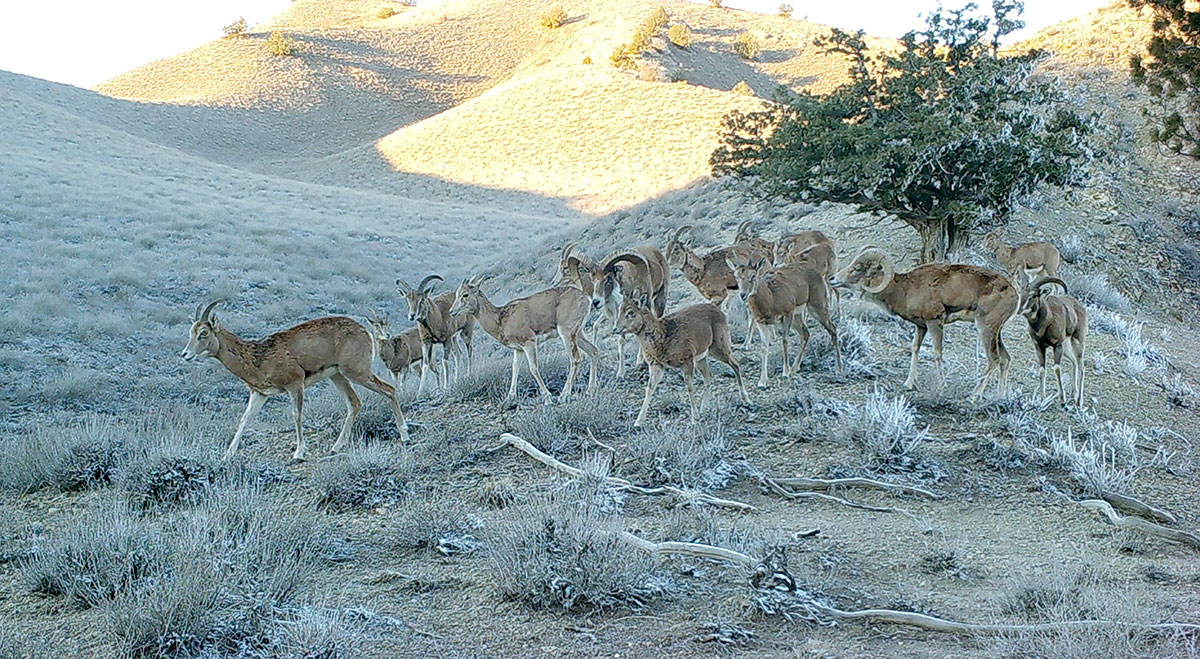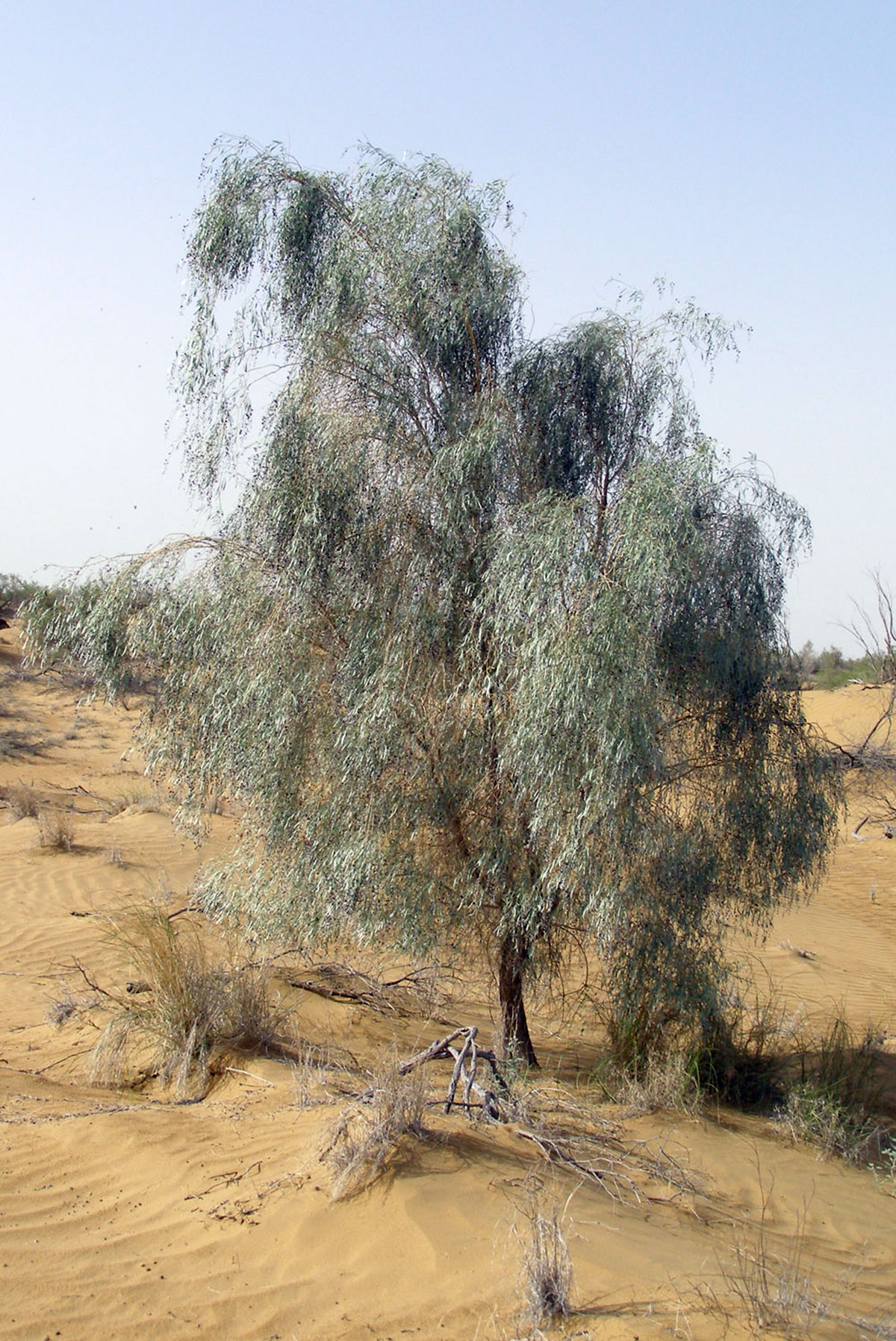On January 28, 2022, a package of documents on the transnational serial object "Turanian Deserts of the Temperate Zone" was presented to the UNESCO World Heritage Center (Paris). The document was drawn up on behalf of three countries of the region: Kazakhstan, Turkmenistan and Uzbekistan and suggests the inclusion of the site in the UNESCO World Heritage List.
The package of documents was prepared within the framework of the joint project of the Michael Succow Foundation for Nature Conservation (MSF, Germany) "Central Asian Desert Initiative" (CADI), funded by the International Climate Initiative (IKI). It was prepared jointly with partners in Kazakhstan, Turkmenistan and Uzbekistan, as well as the University of Greifswald and the subregional office of the Food and Agriculture Organization of the United Nations (FAO).
The goal pursued by the CADI project is the conservation of biodiversity and ecosystem services in the temperate deserts of Central Asia. These deserts can be divided into four sub-regions: the Iranian-Turanian deserts, the Kazakh-Jungarian semi-deserts and deserts, the Central Asian deserts of Mongolia and Northern China, and the high-altitude deserts of Tibet. In the post-Soviet space, the deserts of the temperate zone are often divided into "northern" and "southern".
The components of the serial transnational object "Turanian deserts of the temperate zone" reflect the diversity of geomorphological types of deserts, as a result of the current processes of the formation of the earth's surface. They include most of the desert landforms, including dunes, salt marshes, weathered cave forms, desert lacquers, and lake basins. and including those that are not yet represented in World Heritage properties, such as dust storms and deflated soils, gypsum crust, takyrs, salts and salt weathering, relict profiles, ancient river systems, alluvial flows, mudflows, natural arches, etc. .
The diversity of desert reliefs and current landforming processes is reflected in the respective plant and animal communities, which are in the process of adapting to changing extreme environmental conditions. They are characterized by cold winters with low rainfall, as well as hot and dry summers, sometimes strong winds that have a physical effect on plants and animals. In the course of a long and continuous evolution, animal and plant communities have adapted to extreme natural conditions.
Saxaul forests are one of the most distinctive and significant ecosystems of the Turanian deserts of the temperate zone. Only in these areas you can see real forests of white and black saxaul. The saxaul forest is a place where desert animals can hide from the heat. These plants permanently bind and store carbons, are nutritious food for herbivorous animals, powerful saxaul roots strengthen mobile sand dunes.
However, not only the plant world adapts to the extreme conditions of the temperate deserts, but also representatives of the animal world find strategies for survival. The cuticle of plants and arthropods, skin and hair, and the color of vertebrates testify to the diversity of morphological adaptation. Water storage, ectopic fat deposition, and the shape and size of organisms are important elements in the adaptation of desert animals. Morphological adaptations are as diverse as desert ecosystems, and all contribute in one way or another to the sustainability of desert environments and the diversity of life forms they support.
Physiological and behavioral adaptations are also widespread. These include tissue resistance to high temperatures, resistance to dehydration, cold resistance - a specific feature in temperate deserts compared to hot deserts - adaptive heterothermy and behavioral thermoregulation. It is the multitude of combinations of morphological, physiological and behavioral features that have formed under the conditions of various desert ecosystems that contributes to the high biodiversity and endemism of the Turanian deserts.
The adaptability of animals to life in deserts is as diverse as that of plants, and often arises and develops simultaneously. Mobility and transboundary migrations of such animals as gazelles, kulans, saiga and urials (mountain sheep) are a behavioral response to changing habitat conditions during the annual phenological cycle. Other ways of adapting to the hot and dry seasons are shelter in burrows or in the sands.
The transnational serial object "Turan deserts of the temperate zone" consists of 15 components of specially protected natural areas of the region; Turkmenistan nominated four components: Repetek, Eraji, Bereketli Garagum and Gaplangyr, which are specially protected areas of different categories and are under state protection. All four components are located in the depths of the desert, in the Eastern, Central and Northern Karakum, respectively. They represent various typical habitats of the Central Asian temperate deserts.
The main objective of the activities of specially protected natural areas is the preservation and enhancement of natural resources and biological diversity of one of the greatest deserts in the world - the Karakum; conducting research activities on the problems of studying, restoring, rational use of biodiversity.
In terms of zoogeographic zoning, the totality of species living in these reserves belongs to the desert fauna of the Palearctic, which is a unique complex of the Karakum fauna. Along with valuable and rare species, typical desert groups of animals live in the study area. The uniqueness of the fauna of the presented ecosystems lies in the fact that species are concentrated here that make up the core of typically desert species of insects, reptiles, birds and mammals, adapted to living in harsh conditions of drought and heat in summer, and cold in winter. Some representatives of the flora and fauna of these deserts are globally or nationally endangered species and endemics of various levels.
In this regard, the existence of vast and well-protected natural areas to protect the fundamental ecological and biological processes in each of the desert landscapes, as transnational constituents of one temperate Turan desert proposed for inscription on the World Heritage List, is a prerequisite for this unique part of the world.
Despite their ecological importance, temperate deserts are one of the world's least recognized biomes according to a study by the International Union for Conservation of Nature (IUCN). Temperate deserts are the only biome in the world that does not have a UNESCO World Natural Heritage Site. Also, temperate deserts in some countries are not sufficiently represented in the system of specially protected natural areas and are not sufficiently managed.
Despite their importance, temperate deserts are currently under threat of degradation caused by extensive use of natural resources, unsustainable pastoralism, and large scale infrastructure projects. All this leads to irreversible loss of habitats and species. For this reason, the primary goal of the Central Asian Desert Initiative is the protection and sustainable use of temperate deserts.
The project activities in Turkmenistan were carried out jointly with the subordinate structures of the Ministry of Agriculture and Environmental Protection of Turkmenistan in three desert reserves: Gaplangyr, Repetek and Bereketli Garagum, aimed at studying and preserving biodiversity, improving monitoring and management of these reserves. For the period 2019-2020 in three reserves, complex biodiversity inventory expeditions were carried out to update data and use reliable scientific material in the preparation of the serial transnational object "Turan Deserts of the Temperate Zone" for nomination to the UNESCO World Heritage List.
Within the framework of the project, trainings were held for employees of reserves, methodological manuals, field guides for various desert species of flora and fauna were prepared to facilitate monitoring of biodiversity components. Five-year management plans have been developed for three reserves, which provide basic information about the reserve, the state of flora, fauna and other natural complexes, describe a territorial development plan, indicate a preliminary budget for financial support for the implementation of activities, etc.
To strengthen the capacity of science and protection departments, improve scientific research, conduct regular monitoring, issue and disseminate information Material, the project provided technical equipment, field equipment and uniforms to three desert reserves; the Information Visitor Center was created and equipped in the Scientific and Experimental Center of Chalysh Bereketli of the Garagum State Nature Reserve.
Regional cooperation continues. A Memorandum of Understanding on the management and protection of objects of the serial transnational nomination "Turanian deserts of the temperate zone" was signed between the environmental ministries of Kazakhstan, Turkmenistan and Uzbekistan.
The transnational serial nomination is to be considered by experts from the International Union for the Conservation of Nature (IUCN) for its compliance with the requirements of the Convention on the Protection of the World Cultural and Natural Heritage.




